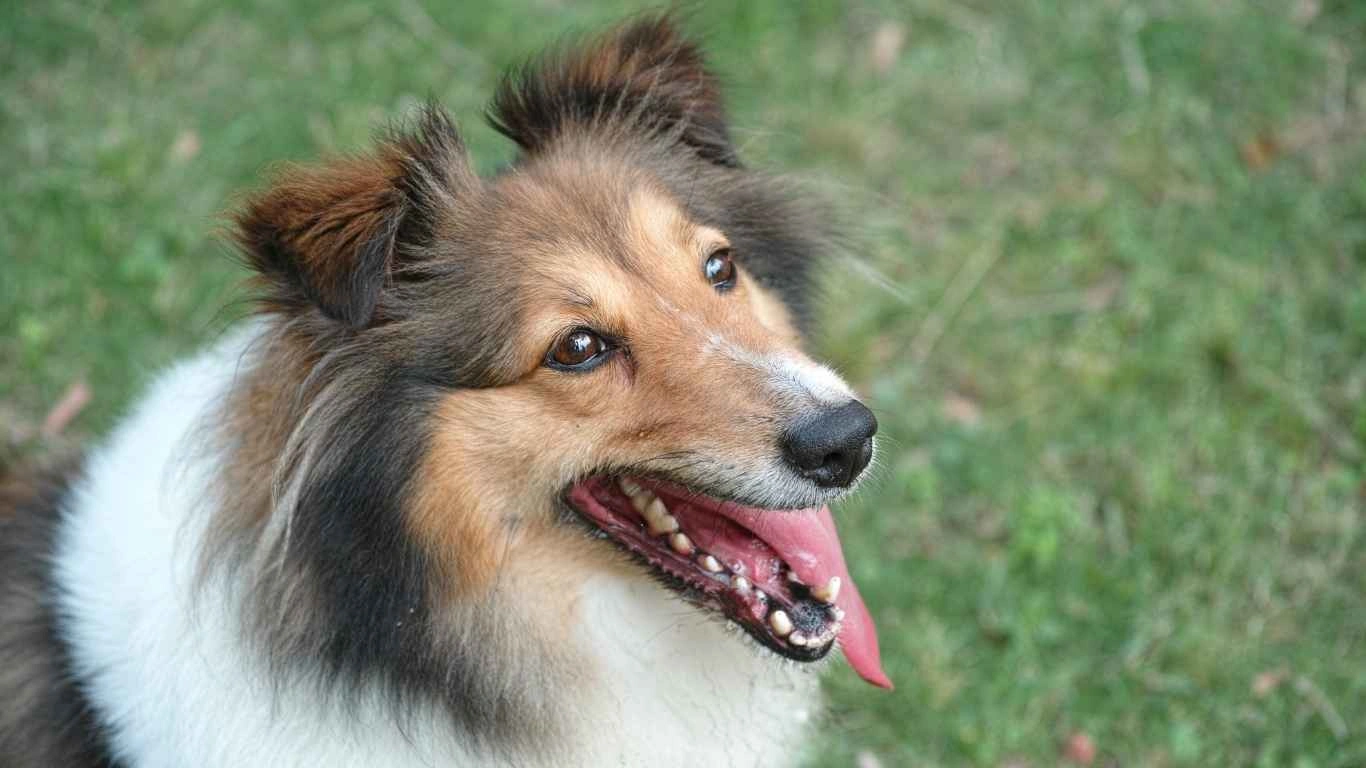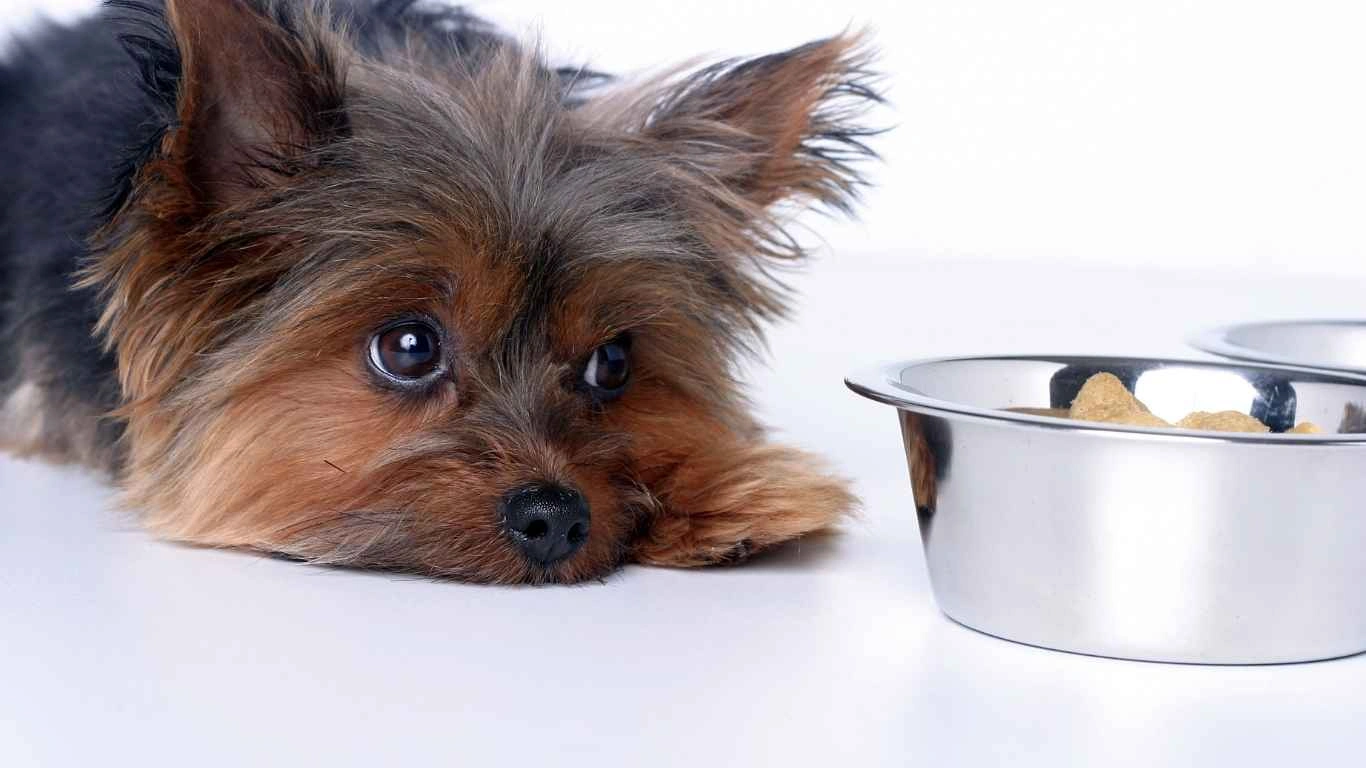Discover the Best Dog Food Without Artificial Preservatives for Healthier Pets
Finding the best dog food without artificial preservatives can feel like walking blindfolded through a giant pet food aisle. With so many labels screaming “natural” or “premium,” it’s tough to tell what’s actually good for your dog versus what’s just clever marketing. As someone who’s worked hands-on with hundreds of dogs in clinics and shelters, I’ve seen firsthand how the wrong food can affect their health — from chronic skin conditions to upset stomachs that just won’t quit. I’ve also seen how switching to cleaner, preservative-free diets transforms dogs from sluggish and itchy to vibrant and tail-wagging. Let’s break this down together — no fluff, no jargon, just real talk.
Why Preservatives in Dog Food Are a Problem

Not all preservatives are evil, but a lot of commercial brands use synthetic ones like BHA, BHT, and ethoxyquin — names that sound more like lab experiments than something you’d want near your dog’s bowl. These preservatives are used to extend shelf life, but they’ve also been linked to health issues like kidney and liver problems, allergies, and even cancer. I remember treating a sweet pit mix named Juno who came in with nonstop itching and flaky skin. Her food looked decent on the surface, but a closer look at the label showed ethoxyquin. Once her foster switched to a cleaner brand, it was like night and day — her coat started to shine within weeks.
Common Synthetic Preservatives to Watch Out For
- BHA (Butylated Hydroxyanisole) – Known to be a potential carcinogen in high doses.
- BHT (Butylated Hydroxytoluene) – Similar concerns to BHA, often used in tandem.
- Ethoxyquin – Banned in human food in some countries, still used in some pet foods.
Sure, these additives prevent fats from going rancid, but at what cost? There are safer, natural options out there — and I’ll show you what to look for instead.
Natural Alternatives: What Replaces Artificial Preservatives?

Luckily, dog food manufacturers who care about quality have been moving toward natural preservation methods. These include things like Vitamin E (often listed as mixed tocopherols), Vitamin C (ascorbic acid), and rosemary extract. They may not preserve food as long as synthetic options, but they’re far less risky for your pup’s long-term health. Plus, if you’re storing the food properly (cool, dry place, sealed bag), you’re already helping it stay fresh longer.
Natural Preservatives That Actually Work
- Mixed Tocopherols – These are forms of Vitamin E and are super effective for keeping fats stable.
- Ascorbic Acid – A form of Vitamin C that not only preserves but boosts immunity too.
- Rosemary Extract – Natural antioxidant, adds a mild herby scent too (not that your dog minds).
I once recommended a brand using rosemary extract to a client whose terrier, Max, had constant digestive trouble. We swapped his old kibble for a simpler formula with natural ingredients and zero sketchy additives. Within a week, no more gas bombs. His mom actually called to say, “I can finally let him sit on the couch again!”
How to Read Dog Food Labels Like a Pro

This is something I always try to walk pet parents through when they’re overwhelmed. Ignore the giant font on the front — that’s all marketing. Flip the bag over. The ingredient list is where the truth hides. The sooner a preservative shows up on that list, the more of it there is. If it’s buried way down after 20 other ingredients, it might be a trace amount. But if BHA or ethoxyquin are in the top 10? Run.
Label Tips from My Clinic Days
- If you can’t pronounce it, look it up. Not all long names are bad, but many are red flags.
- Look for transparency. Brands that say “no artificial preservatives” usually highlight what they use instead.
- Contact the brand. A reputable company won’t dodge questions about ingredients.
Dogs can’t read labels — that’s our job. And once you get the hang of it, spotting the best dog food without artificial preservatives becomes second nature. Trust me, your dog will thank you. Maybe not with words, but definitely with fewer vet visits and a happier tail wag.
Top Signs Your Dog Might Be Reacting to Artificial Preservatives

Even if your dog isn’t breaking out in hives or rushing to the emergency vet, subtle signs can still be warning flags. I’ve lost count of how many clients thought their dog’s “normal itching” or occasional vomiting was just part of having a sensitive pup. In reality, their dog was reacting to additives — including artificial preservatives — in their food. And once we pinpointed the cause, the difference was huge.
Watch Out for These Telltale Symptoms
- Itchy skin or hot spots – This was a big one in the shelter. Dogs eating poor-quality kibble often had constant skin issues.
- Chronic ear infections – Especially in floppy-eared breeds like Labs and Cocker Spaniels.
- Gas and bloating – Sure, some dogs are just gassy, but preservatives can worsen it.
- Behavioral changes – Yep, food affects mood. I had a hyper Boxer calm down after switching to preservative-free food.
So if you’ve been playing whack-a-mole with symptoms, it might be time to zoom out and look at your dog’s food. The best dog food without artificial preservatives doesn’t just prevent these problems — it often clears them up too.
Real-World Brands That Get It Right

Alright, let’s talk names. I’m not here to push any one brand, but I will say this — after years in vet clinics and rescue orgs, certain dog foods have earned my trust. These brands not only skip artificial junk, but they also use transparent sourcing, honest labeling, and solid nutrition. And I’ve seen dogs thrive on them.
Some Cleaner Dog Food Brands to Explore
- The Honest Kitchen – Human-grade, dehydrated, and packed with recognizable ingredients. Great for picky eaters too.
- Open Farm – Traceable ingredients, no artificial preservatives, and they’re all about ethical sourcing.
- Farmina – This one’s been a go-to for dogs with digestive issues in our care. Their “N&D” line is preservative-free and low-glycemic.
- Spot & Tango – Their UnKibble is gently dried and made without nasty additives.
These aren’t the cheapest bags on the shelf, but if you’re dealing with repeat vet visits or ongoing skin issues, the long-term savings — and comfort for your pup — are 100% worth it.
Homemade Dog Food: Is It Worth It?

Ah, the DIY route. I get asked this a lot, especially by folks who are fed up with reading labels or dealing with recalls. The idea of cooking your dog’s meals at home sounds wholesome, and it absolutely can be. But — and it’s a big but — it takes commitment and balance. You can’t just toss some chicken and rice in a bowl every night and expect full nutrition.
Things to Consider Before Going Homemade
- Work with a vet nutritionist – Not just your regular vet, but one who specializes in canine nutrition.
- Balance is everything – Dogs need a precise mix of calcium, phosphorus, vitamins, and fats.
- Time and consistency – Are you ready to meal prep every week? If not, this may not be the best route.
I once had a sweet older couple bring in their Lab, Daisy, who was losing weight fast. Turned out they were feeding her homemade meals but missing key nutrients. Once we got her on a vet-formulated recipe — still homemade but properly balanced — she bounced back beautifully. So yes, homemade can be great… but it’s not for the faint of heart.
Storage Tips to Keep Preservative-Free Food Fresh
One concern folks bring up when switching to natural dog food is freshness. Without artificial preservatives, doesn’t it spoil faster? Well, sort of — but only if you’re not storing it right. You don’t need fancy equipment, just some common-sense habits.
Keep That Kibble Fresh
- Use airtight containers – This keeps moisture, bugs, and oxygen out.
- Store in a cool, dry spot – Avoid garages or laundry rooms that get steamy.
- Don’t dump the whole bag – Keep the original bag inside the container if possible; it’s designed to protect the food.
I always kept big airtight bins at the clinic labeled with each dog’s name. Not only did it help with freshness, but it also made feeding time easier and more sanitary — no digging into soggy dog food bags. If you’re paying for quality food, a little storage care goes a long way.
Alright, you’re officially ahead of most pet parents out there. You’ve learned why ditching artificial preservatives matters, how to read labels like a pro, and even how to store your dog’s food like a champ. Up next, we’ll dive into how to transition your dog to better food without triggering digestive chaos — because yes, there’s a right way to make the switch.
How to Transition Your Dog to the Best Food Without Artificial Preservatives

Switching your dog’s food might seem like a simple swap, but based on years of working in shelters and clinics, I can tell you it’s a delicate dance. Suddenly changing your dog’s diet can upset their tummy, cause diarrhea, or even make them refuse the food altogether. When you’re aiming for the best dog food without artificial preservatives, patience and strategy are key.
Step-by-Step Guide for a Smooth Food Switch
- Start slow: Mix 25% of the new food with 75% of the old for the first few days.
- Gradually increase: Over the next week or two, increase the new food portion little by little.
- Watch for reactions: Keep an eye out for vomiting, diarrhea, or changes in energy.
- Stay consistent: Avoid switching back and forth to prevent digestive confusion.
- Hydration is essential: Make sure your dog has fresh water available at all times, especially when changing diets.
I remember a client with a stubborn bulldog named Gus who refused almost every new food we tried. Once we slowed down the transition, mixing his favorite treat with the new preservative-free kibble, Gus started eating like a champ. It’s all about understanding your dog’s unique preferences and sensitivities.
Why Investing in Preservative-Free Food Is Worth It Long-Term

From my experience, the cost of better dog food is an investment, not an expense. Dogs thrive on clean diets, and healthier pups mean fewer trips to the vet, less medication, and more happy years together. I’ve seen dogs with chronic allergies go from scratching and discomfort to living almost symptom-free after switching to preservative-free diets.
Plus, when you feed your dog the best quality food, you’re also supporting their immune system, energy levels, and overall well-being. As an Animal Care Specialist, I can confidently say the peace of mind you get from knowing exactly what’s in your dog’s bowl is priceless. No more guessing games, no more worries about hidden chemicals.
The True Cost of Cheap Dog Food
- Hidden health issues: Poor nutrition can lead to skin problems, digestive issues, and even behavioral changes.
- Frequent vet visits: Chronic problems require ongoing care, which adds up fast.
- Lower quality of life: Dogs deserve to feel their best — and that starts with what they eat.
When clients switched to cleaner options, they often told me, “It’s like night and day — and worth every penny.” It’s true. Giving your dog the best fuel sets them up for a healthier, happier life.
Wrapping Up Your Journey to the Best Dog Food Without Artificial Preservatives
By now, you’ve learned why ditching artificial preservatives matters, how to spot them on labels, the brands that do it right, and how to switch your dog’s diet without drama. It might seem overwhelming at first, but once you get started, you’ll realize it’s not just about food — it’s about giving your dog the quality of life they deserve.
Remember, every dog is unique. What works for one pup might not work for another, so always be patient and observant. And if in doubt, lean on your vet or an animal nutritionist for tailored advice.
References
- American Veterinary Medical Association
- American College of Veterinary Nutrition
- Pet Food Industry
- National Agricultural Library
Disclaimer
This article is intended for informational purposes only and does not replace professional veterinary advice. Always consult your veterinarian before making significant changes to your dog’s diet, especially if your dog has health issues or special dietary needs.






